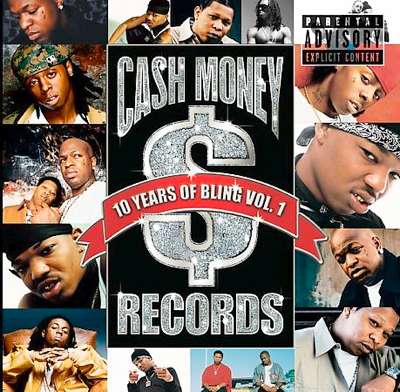Blog September 1, 2017
Bounce: Cash Money Records
Since 1998, Cash Money Records, the New Orleans-born label founded by Ronald “Slim” and Bryan “Baby” Williams, has been a rap giant. Bursting into the mainstream in 1998 on the backs of the Big Tymer’s bling-heavy hits and Juvenile’s lightning-fast drawl, the label has since launched the career of stars like Lil Wayne, Drake and Nicki Minaj. While Cash Money is best known for its distinctive brand of southern hip-hop, in its earliest years, it was most definitely a bounce label, releasing a string of albums that helped to define the New Orleans-based style. These are some of the definitive tracks from that period.
UNLV, "6th and Baronne" (1993)









